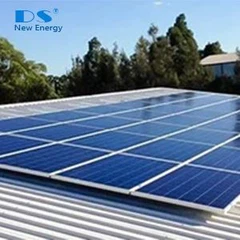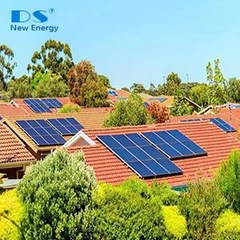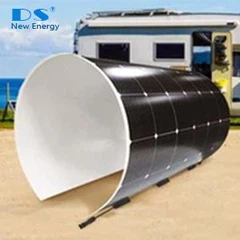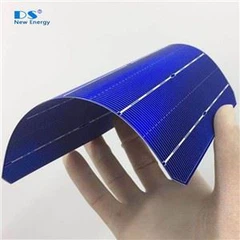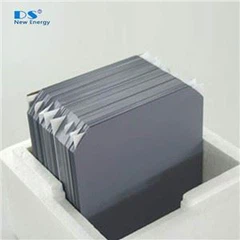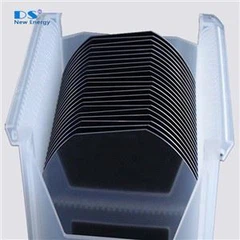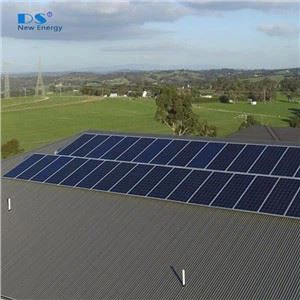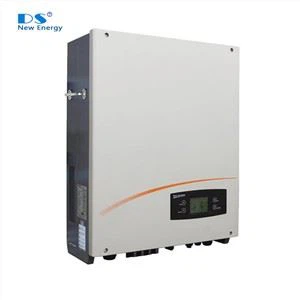Source: energysage

A hybrid inverter (also known as a multi-mode inverter) is capable of managing the electricity output of solar panels and charging a battery system; while also operating with mains grid supply. Given this extended capability, prices tend to be higher than a standard string solar inverter.
An inverter is a critical component of any solar energy system: you need it to convert the direct current (DC) electricity generated by your solar panels into alternating current (AC) electricity for your home’s appliances. If you install a solar panel system with a traditional inverter and decide to add a battery system later on, you’ll need a separate battery-specific inverter to convert the electricity back and forth from AC to DC current for your battery to store and discharge.
However, when you pair your solar panel system with a hybrid inverter, a separate battery inverter isn’t necessary: it can function as both an inverter for electricity from your solar panels and a solar battery.
Importantly, while hybrid inverters are designed to incorporate storage, you can install this technology without batteries; in fact, many people choose to install a hybrid inverter preemptively in anticipation of adding batteries to their system in the future.
Benefits of hybrid inverters
Hybrid inverters have many advantages – here are some of the top ones to consider as you’re comparing inverter solutions:
Resiliency
A common misconception about solar is that if you install a system, you’ll always have power during outages. In most cases, this is not true: traditional grid-tied solar inverters automatically shut off during power outages for safety purposes, cutting off power generation from your solar panel system.
If you want to keep your property running on backup solar power during a grid outage, hybrid inverters paired with batteries are a great solution. Some hybrid inverters have both on-grid and off-grid capabilities, allowing you to continue running on solar power even if the grid goes dark.
Monitoring
With a hybrid inverter, all of your solar electricity–whether being sent to the grid, self-consumed on your property, or being stored in your battery–is converted through one component. This allows for “centralized monitoring,” which means you can monitor both your solar panel system and battery performance through one platform.
Retrofit battery storage installations
One of the biggest benefits of a hybrid inverter is that it combines the functionality of two separate pieces of equipment into one. This can mean an easier installation process for your solar installer. Depending on the prices of the individual components and the cost of labor, you may save money by installing a hybrid inverter from the get-go as opposed to paying for both a solar inverter and a battery-specific inverter separately. However, if you do not plan on adding battery storage to your system, compare hybrid solutions to traditional, grid-tied solar inverters, as they can be less expensive upfront.
Downsides of hybrid inverters
Hybrid inverters aren’t the right solution for every solar panel system; here are some of the downsides to keep in mind:
Applications for existing solar panel systems
If you already have an operational solar panel system and want to add a battery, the easiest way to do so is to install an AC-coupled battery with its own inverter. Since your solar panel system already has its own grid-tied inverter, swapping this component out for a hybrid solution will require additional re-wiring and labor, which can increase the cost of your solar-plus-storage system.

